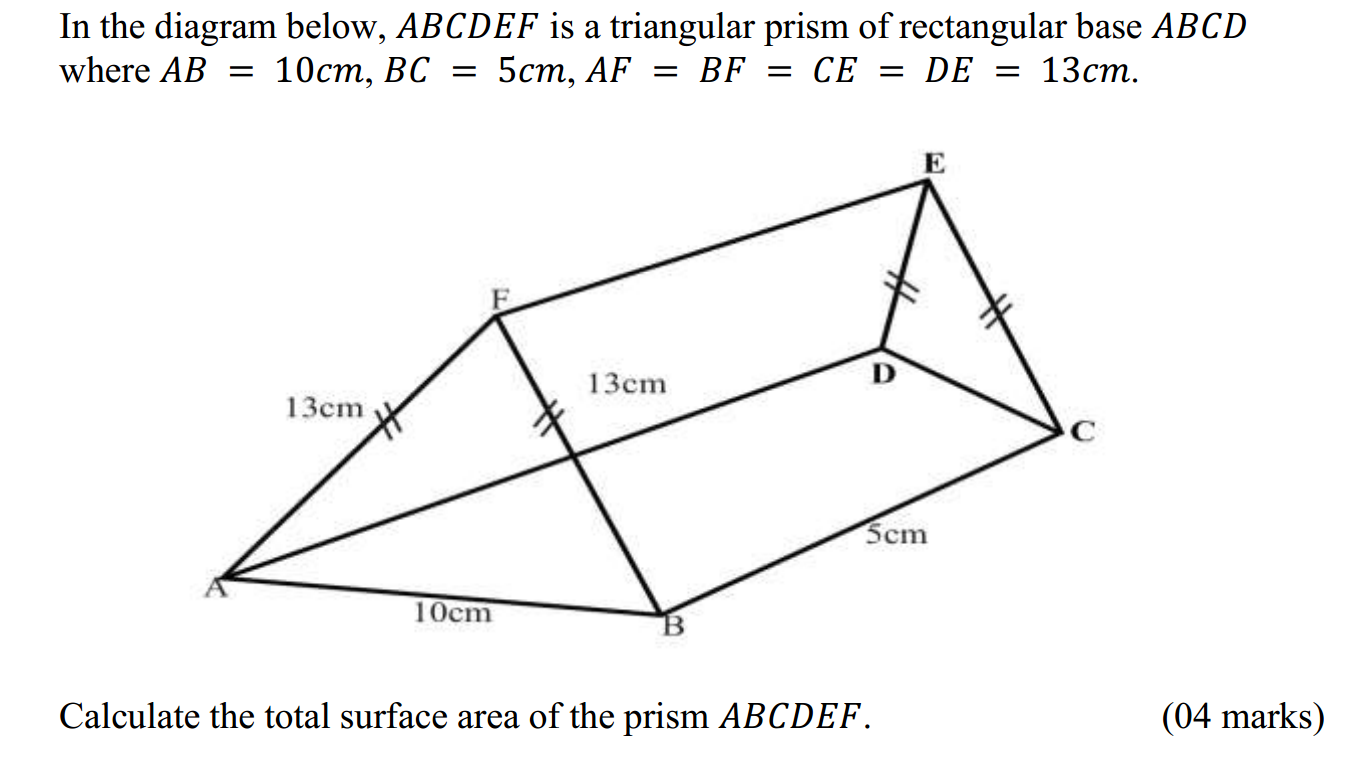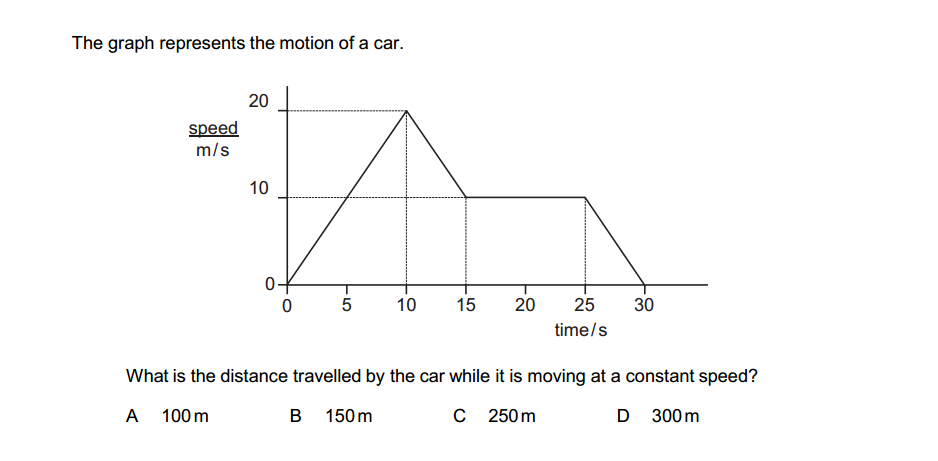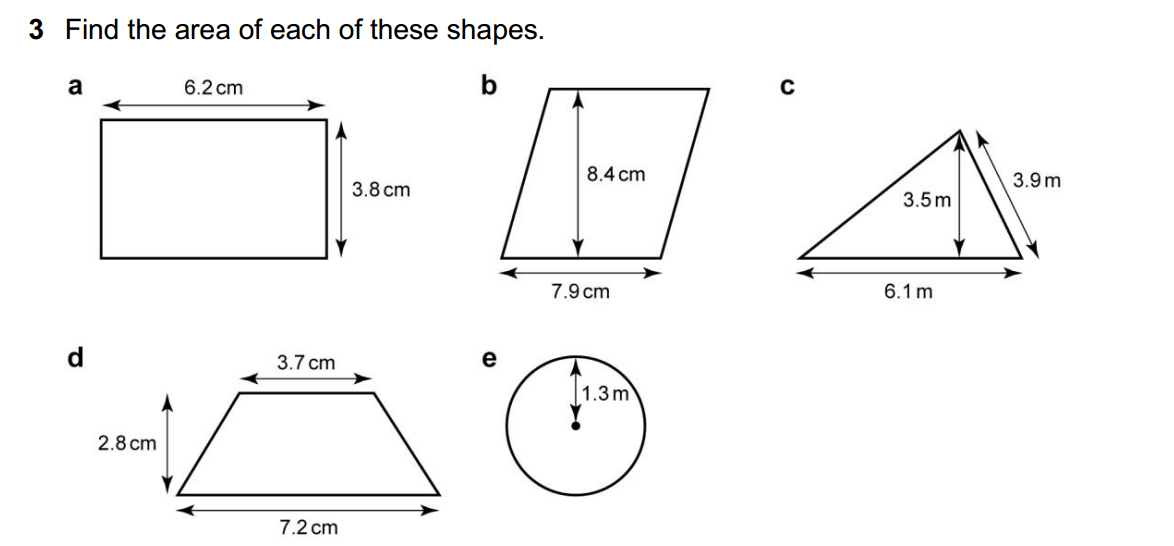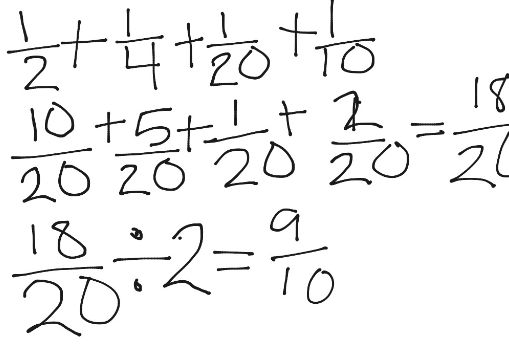In physics, quantities are classified as either scalar or vector based on whether they have only magnitude (scalar) or both magnitude and direction (vector). Here are definitions and examples of each:
- Scalar Quantity:
- A scalar quantity is a physical quantity that has only magnitude or size and no direction associated with it.
- Scalars are typically described by a single real number and are unaffected by coordinate system rotations.
- Examples of scalar quantities include:
- Mass: Mass represents the amount of matter in an object, and it only has a magnitude. For example, 5 kilograms (kg) of sugar.
- Temperature: Temperature represents the average kinetic energy of particles in a substance. For instance, 25 degrees Celsius (°C).
- Speed: Speed is the magnitude of velocity, representing how fast an object is moving without any indication of direction. For example, a car traveling at 60 kilometers per hour (km/h).
- Energy: Energy is the capacity to do work, and it has no directional component. For example, 100 joules (J) of energy.
- Vector Quantity:
- A vector quantity is a physical quantity that has both magnitude and direction.
- Vectors are typically represented by an arrow in diagrams, where the length of the arrow represents the magnitude and the direction of the arrow represents the direction of the vector.
- Examples of vector quantities include:
- Velocity: Velocity is the rate of change of displacement of an object per unit time, and it includes both magnitude (speed) and direction (e.g., north, east, etc.). For instance, a velocity of 20 meters per second (m/s) eastward.
- Force: Force is a push or pull acting upon an object, characterized by its magnitude and direction. For example, a force of 50 newtons (N) to the right.
- Displacement: Displacement is the change in position of an object in a particular direction. It has both magnitude (distance) and direction. For instance, a displacement of 10 meters north.
- Acceleration: Acceleration is the rate of change of velocity of an object with respect to time, and it includes both magnitude and direction. For example, an acceleration of 5 meters per second squared (m/s²) upward.
Understanding the distinction between scalar and vector quantities is fundamental in many areas of physics and engineering, as it helps in accurately describing and analyzing physical phenomena





































































































